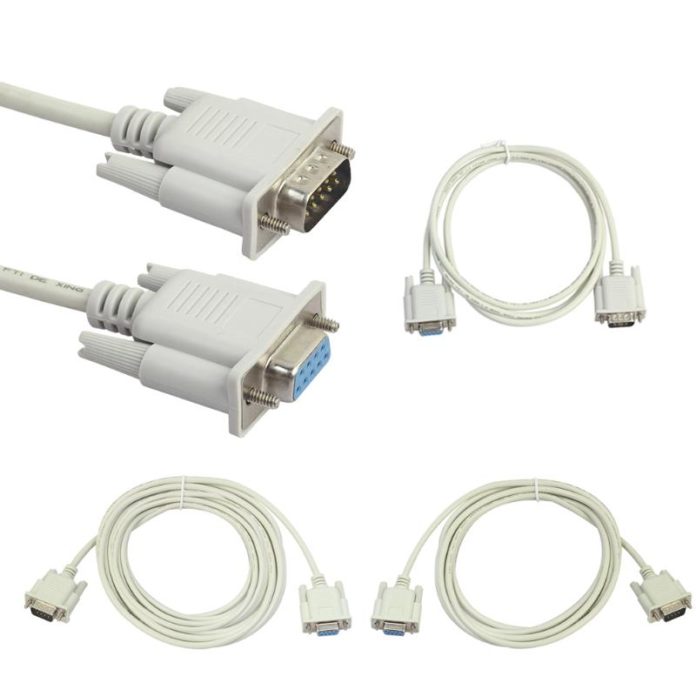Historically, RS232 Communication protocol is an old serial communication protocol developed by EIA (Electronics Industry Alliance)/TIA (Telecommunications Industry Association)-232 in the year 1962. Modern hardware designs use innovative serial communication protocols like USB, Ethernet, and Wi-Fi. But still, RS232 has proven to be prominent. The reason is, RS232 signals spread over longer distances when compared to I2C and serial TTL signals. Moreover, it has better noise immunity. It is proven to be compatible across different manufacturers for interfacing computer and modems.
Advantages
The advantages of RS232 make it as a standard serial interface for system to system communication and also for the following benefits.
- Simple protocol design.
- Hardware overhead is lesser than parallel communication.
- Recommended standard for short distance applications.
- Compatible with DTE and DCE communication.
- Low cost protocol for development.
Disadvantages
The limitations of RS232 protocol are, it doesn’t support full-duplex communication and it is a single-ended protocol which shifts the ground potential. Moreover, the longer cable length introduces cross talk during serial communication. Hence, this protocol is restricted for long distance communication.
Applications
RS232 communication is used in different applications. Some of them are:
- Teletypewriter devices.
- Demodulator applications.
- PC COM port interfacing.
- In embedded systems for debugging.
- Modems and printers.
- Handheld equipment.
- CNC controllers, Software debuggers etc.
- Barcode scanners and Point of Sales (POS) terminals.
End Of Post




































